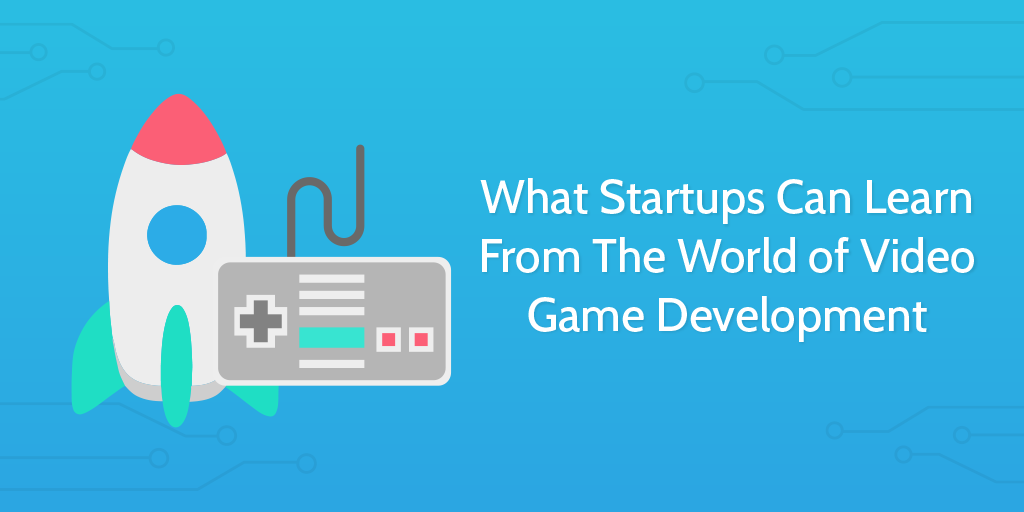
“How did they make this?”
I find myself asking this while playing games, and after doing some digging ingenious stories of building communities and managing resources came to light.
In other words, startups (and SaaS companies as a whole) are closer to agile game development than you would think. The core business processes may differ, but valuable lessons can be applied in terms of managing resources and organizing your priorities.
A one-person army (a “solopreneur” if you will) such as Toby Fox can do almost everything themselves, resulting in a lower budget, but greater time investment and higher stress levels. On the flipside, you also have massive corporations which succeed by throwing money at their marketing team, rather than creating a truly impressive product.
There is, however, one studio in particular which used every platform at their disposal to grow their community, reduce churn, and cement their brand as a household name in their niche.
Two-man Dutch studio Vlambeer ultimately isn’t a startup (check the comments of this article). At its closest, Vlambeer is a lean development studio which uses an Agile approach. With a flaming bear for a logo.
![]()
Despite this, many of their practices can be applied to the SaaS sector to make the most of every resource and avoid company failure. In particular with the development of Nuclear Throne, they demonstrated the advantages of:
- Starting with a minimal viable product
- Having regular and (largely) transparent updates
- Hosting a regular community communication schedule
- Gathering user feedback from multiple platforms
- Giving special attention to your “promoters”
- Allowing you community to run/chat amongst itself
- Sharing your experience publicly
So, for a change of pace, let’s dive into what startups can learn from game developers.
Start with a minimum viable product
Don’t worry about making everything look fancy, or animating your loading screen – get your minimum viable product product out there as soon as you have enough to cover the core principle behind it.
“The first step is figuring out the problem… then developing a[n] MVP to begin the process of learning as quickly as possible. Once the MVP is established, a startup can work on tuning the engine.” – Eric Ries, The Lean Startup
Think of it as the first draft of a blog post; better to get your structure and core argument down and submit for review than write an entire post to discover that the whole thing needs reworking.
Visuals and optimization can come later.
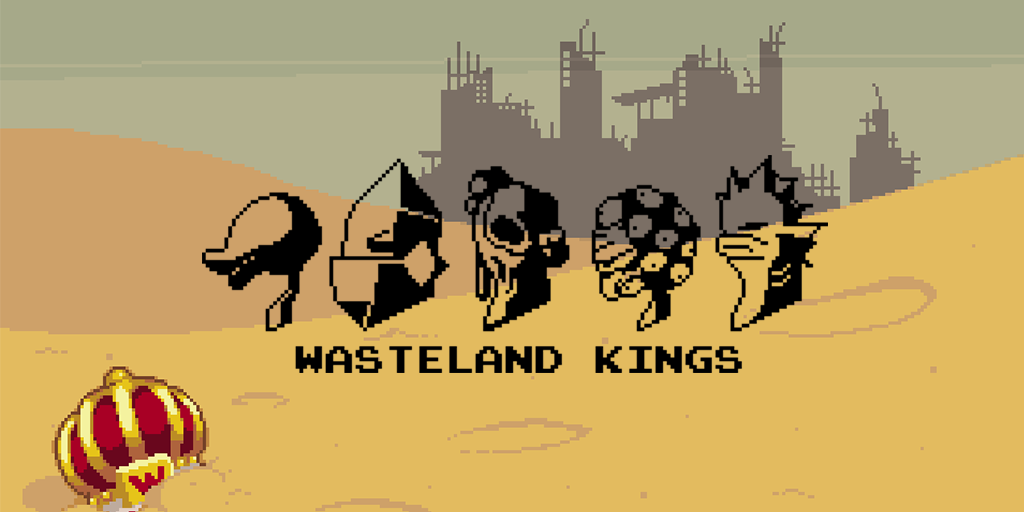
Vlambeer demonstrated this by producing a prototype of Nuclear Throne (called Wasteland Kings) before going public with the development. Produced in 72 hours during MOJAM 2013 (a charity event where teams create a game while live streaming the development), Wasteland Kings captures the essence of Nuclear Throne while forgoing anything too fancy.
Sure, there isn’t the abundance of weapons, enemies, routes, and bosses that are present in the final game, but the core gameplay loop is there.
This allows your audience to get their hands on your product early and learn what it’s designed to do. Not everything will be fully realized, but the core value of your product is there, along with the promise that you will build on that to create something truly fantastic.
Admittedly, not all of these early adopters will like the updates you make. However, they form the building blocks of your community, giving you vital feedback and (if your product is good enough) perhaps even some word-of-mouth marketing to get more early adopters.
Have regular and (largely) transparent updates
With one or two exceptions, Vlambeer updated Nuclear Throne once a week for over two years until its release in December 2015. All of this was documented and publicly available, so their supporters (old, new, or potential) could see what had been changed, how consistent their work was, and what their money was going towards.
Not only that, but a regular update schedule let everyone know when to expect the next change (big or small). If a bug was found, or something was horribly broken in the latest update, everyone knew that it wouldn’t be long before it was fixed.
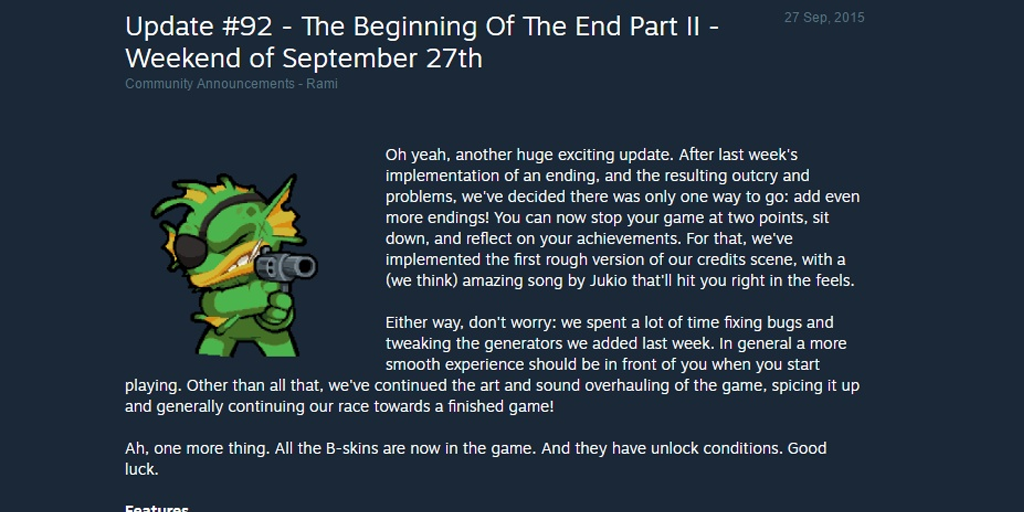
“But Ben,” I hear you cry, “they’re a game developer – their audience expects things like detailed patch notes. Ours don’t!”
True, but even if your audience interact with your product solely by using it, would such a wealth of information be a bad thing?
You would essentially be creating extra content for yourself by reporting your recent updates. That’s content you don’t have to worry about researching, and so takes less time to produce. Also, it’s more than possible to avoid flooding your subscribers’ inboxes by just not sending every detail in separate emails.
You could either do a roundup email of the most significant updates/bug fixes that month or make a full blog post highlighting each major feature as you add them. Both result in content at little to no extra effort, which is exactly why we at Process Street do just that.
Plus, even these regular updates can be used to shape and encourage a deeper connection with your community. For example, in most updates, Vlambeer joked about elements their community complained about, dropped hints at future updates, and (in one instance) even double-bluffed their community by promising a small patch, then delivering a second (massive) update at the same time.
Oh, and have a volume warning for the video below – Vlambeer isn’t known for subtlety in design.
Communicate with your community regularly
So far, I’ve highlighted items which are already reasonably common in the startup world. This, however, is where we start to see the big guns.
Take a second to think about how your community and audience can contact your team. At a guess, I’d wager:
- Through your customer support channel
- Over social media
- In your blog comments
That’s certainly not a bad start – it gives your audience an impression of the team behind the product they’re paying for, and a way to contact your support team should things go wrong.

Unfortunately, you’re missing a key element; human conversation/education. Write up a knowledge base article on how to use a feature, and the job will get done. Tell them how to do it in person, and they’ll remember it for far longer.
Every Tuesday and Thursday before release, Vlambeer sat down and live streamed the development of Nuclear Throne for four hours to their community through Twitch. Everyone, current customer or newbie, could see what was being worked on, how they were working on it, and chat to the developer in real-time.
Suggestions and questions were answered directly by the core product team, allowing instant feedback on new features and bug fixes before they were officially released.
This allowed users to feel that they were directly involved with the development of the product and demonstrated to potential customers the work which went into improving the existing (and already valuable) iteration.
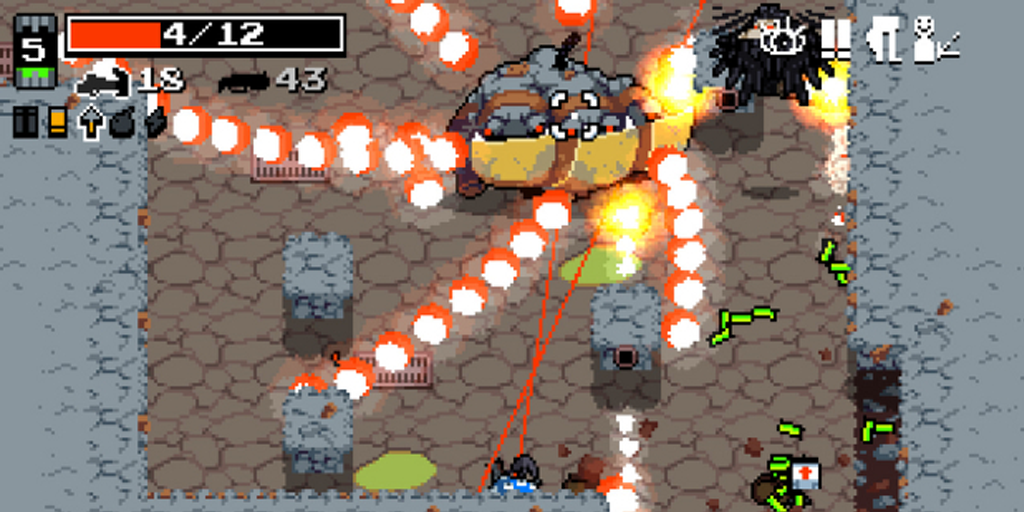
Not only that, but the format is extremely shareable, allowing promoters of the game to instantly share the stream and get fresh exposure free of charge for Vlambeer.
Now, obviously, this isn’t entirely applicable to startups. Aside from confidentiality, the nature of Nuclear Throne lent itself to creating an engaging development format, with the software used (Gamemaker Studio) specializing in quick iterations.
However, the principles behind engaging your community further and involving them in development could easily be applied to existing tactics such as hosting webinars. You could even provide your users with a more direct means of communication, such as how UserVoice operates.
Gather user feedback from multiple platforms
Vlambeer didn’t stop at streaming development – they used every platform available to engage and build their community. This, in turn, let them collect user feedback through multiple platforms and continue to improve their design.
Spreading their efforts over social media accounts, the forums on the main distribution platform (Steam), their own website, and Twitch allowed them to get as much exposure as possible while nurturing the connections they made.
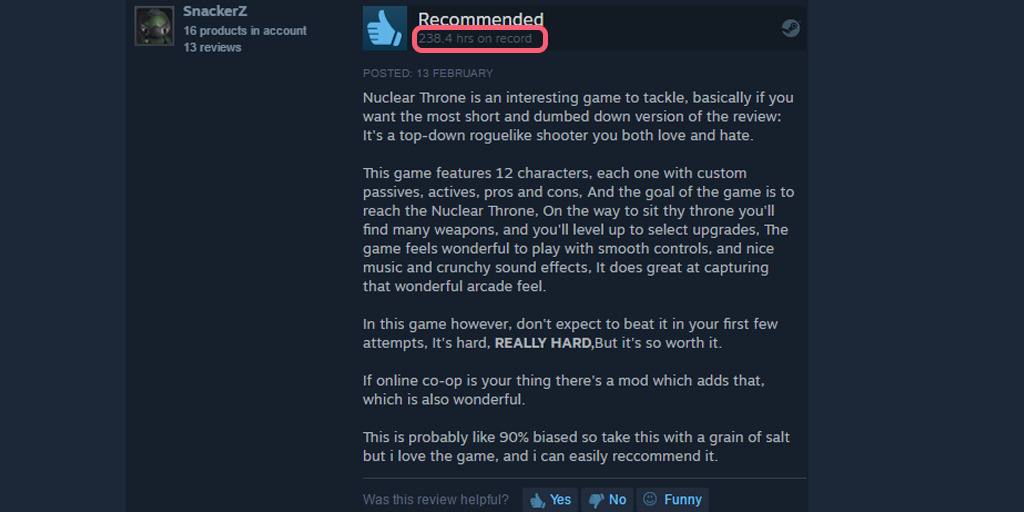
Updates on Steam allowed the majority of their player base to leave comments, while the platform itself gave the opportunity for players to leave reviews. Because of the strong community, these reviews often recommended the game to other users browsing the marketplace.
Twitter played host to both the official Vlambeer account and the personal accounts of Rami Ismail and Jan Willem Nijman (the two halves of Vlambeer), allowing fans to get in touch directly and have free-form conversations with the team.
The use of various platforms even extended to their pricing plan, with three separate plans for users focused on different benefits.
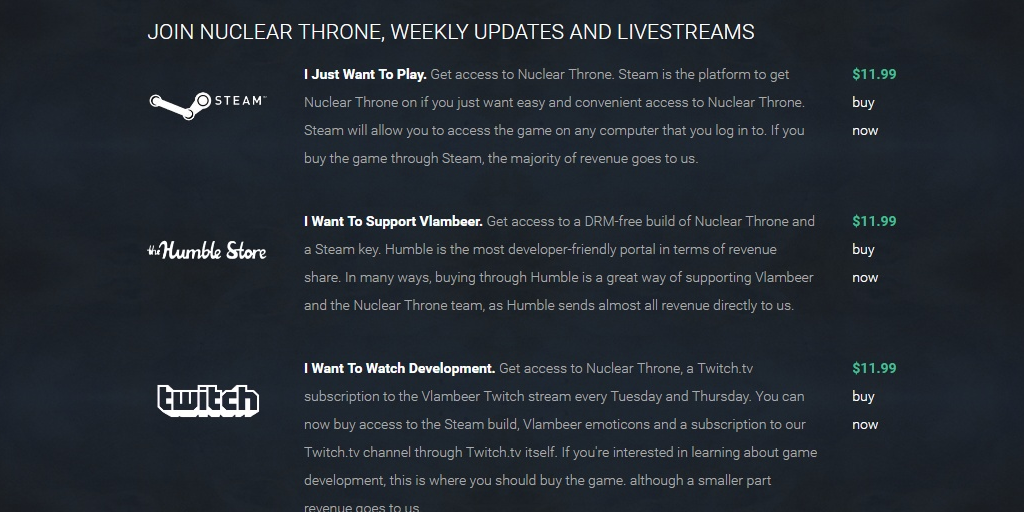
Steam purchases allow customers to play on any computer they log into, buying on the Humble Store sends a larger cut of revenue to Vlambeer (therefore supporting the company more), and a special deal was negotiated to allow purchase through Twitch to get updates on the development streams.
Although applying the pricing plan to multiple platforms isn’t transferrable, at Process Street we employ a similar method for gathering as much feedback as possible. For example, as a SaaS startup we:
- Call customers/prospects to speak to them in person
- Use demos to get feedback on the app from a new user’s perspective
- Have an in-app bug submission/feedback form leading to our support portal
- Set up a page on our website for feedback
- Feed direct messages on Facebook into our Intercom support portal
Again, it’s all about using every opportunity we can – whether we’re in a sales call or a user finds us through social media, we’re all set to gain some insight from that interaction.
Give special attention to your “promoters”
It’s no secret that tracking your Net Promoter Score (NPS) is a great way to gauge how strong of a bond you have with your community. The more people who would actively recommend you to a friend, the more exposure you have, the more revenue you generate, and the greater your brand loyalty.
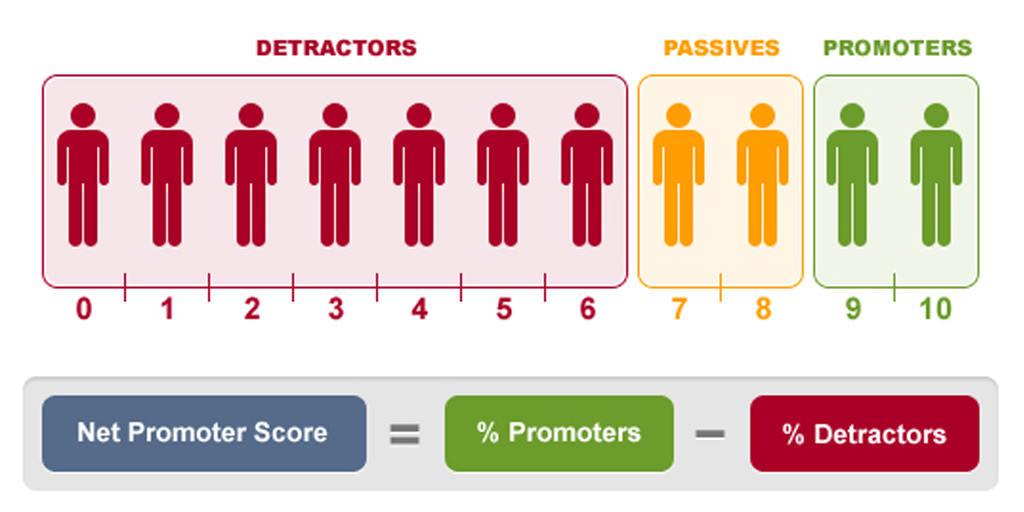
Once identified, giving extra attention to these promoters can be a great way of further boosting their voice (and therefore their recommendation). It also demonstrates to the rest of your community that you are listening to them and taking an active interest in their activities.
In Vlambeer’s case, this meant interacting with the YouTubers and Twitch streamers who created content using their game. This gained them extra exposure and promotion to an audience who were already aware of the product through those content creators.
For example, Star (a popular Youtuber and streamer) at one point linked up with Rami Ismail and live streamed prototype versions of the game as Rami iterated in real time. Then, after editing highlights of the raw stream together, Star published it on his channel, resulting in almost 750,000 views to date on that single video.
This promotes more than the product itself (although 3/4 of a million people getting exposed to it is nice too). By publicly interacting with your promoters, you’re effectively marketing your brand as one which cares about the product it makes, and about the people who use it. It helps humanize your brand, making it more approachable to potential customers.
Take, for example, Dreamforce. This yearly event focuses far more on displaying the latest breakthroughs in the market than promoting Salesforce itself, but that association pays dividends in terms of brand image.
Allow your community to run/chat amongst itself
You need to put a lot of effort into shaping and growing your community in order to gain a dedicated user base, but it’s just as important to realize when your efforts aren’t cutting it anymore. Hell, you want to get to the point where you can’t do everything yourself – it shows healthy and steady growth in your audience.
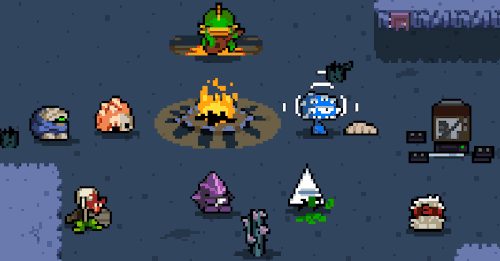
That’s why you need to give your community space and power to interact with each other and (to a certain degree) manage themselves. I’m not saying you should go completely hands-off (if there’s someone toxic in your community, it’s still your responsibility to get rid of them) but allowing growth outside of your direct supervision is a great way to take some of the pressure off your own team.
Vlambeer did this by interacting with users (and pruning when appropriate) on Steam and by voicing their support for the unofficial subreddit and Wikipedia page.
As a result, despite the game launching in December 2015, the community is still active on both the subreddit and Steam forums, providing extra longevity for the product (especially when considering Vlambeer’s stance on modding).
Talk about your experiences
One of the best ways to establish yourself in your niche is to talk about your experience. Some companies like Buffer take this to the extreme in their transparency, and as a result are well-respected.
In a similar way, Rami Ismail has frequently lectured on his experiences both from Vlambeer and during Nuclear Throne’s development. His lectures were actually the inspiration for this article.
By doing so, he’s become a well-known figure in the independent game development scene, and by association gained even greater exposure for Vlambeer and the products they have made.
Jan Willem Nijman (JW) has also held a could of public talks, albeit less frequently than Rami. Having said that, they’re no less entertaining and enlightening, especially when the two are together.
What we can learn from agile game development
There’s no “one-size-fits-all” for how you should go about making the most of your resources, and there are innumerable reasons as to why a SaaS startup can’t be compared to agile game development.
Although the market is opening up with things like Kickstarter, games don’t traditionally fit with the startup release model. Your audience won’t use your product in the same way players engage with a game, and don’t get me started on the whole “games as art” debate.
Still, with results like this, it’s hard to deny that the principles are solid – the execution just needs a little adaptation.
What do you think about these principles in practice? I’d love to hear from you in the comments below!







 Workflows
Workflows Forms
Forms Data Sets
Data Sets Pages
Pages Process AI
Process AI Automations
Automations Analytics
Analytics Apps
Apps Integrations
Integrations
 Property management
Property management
 Human resources
Human resources
 Customer management
Customer management
 Information technology
Information technology



Ben Mulholland
Ben Mulholland is an Editor at Process Street, and winds down with a casual article or two on Mulholland Writing. Find him on Twitter here.